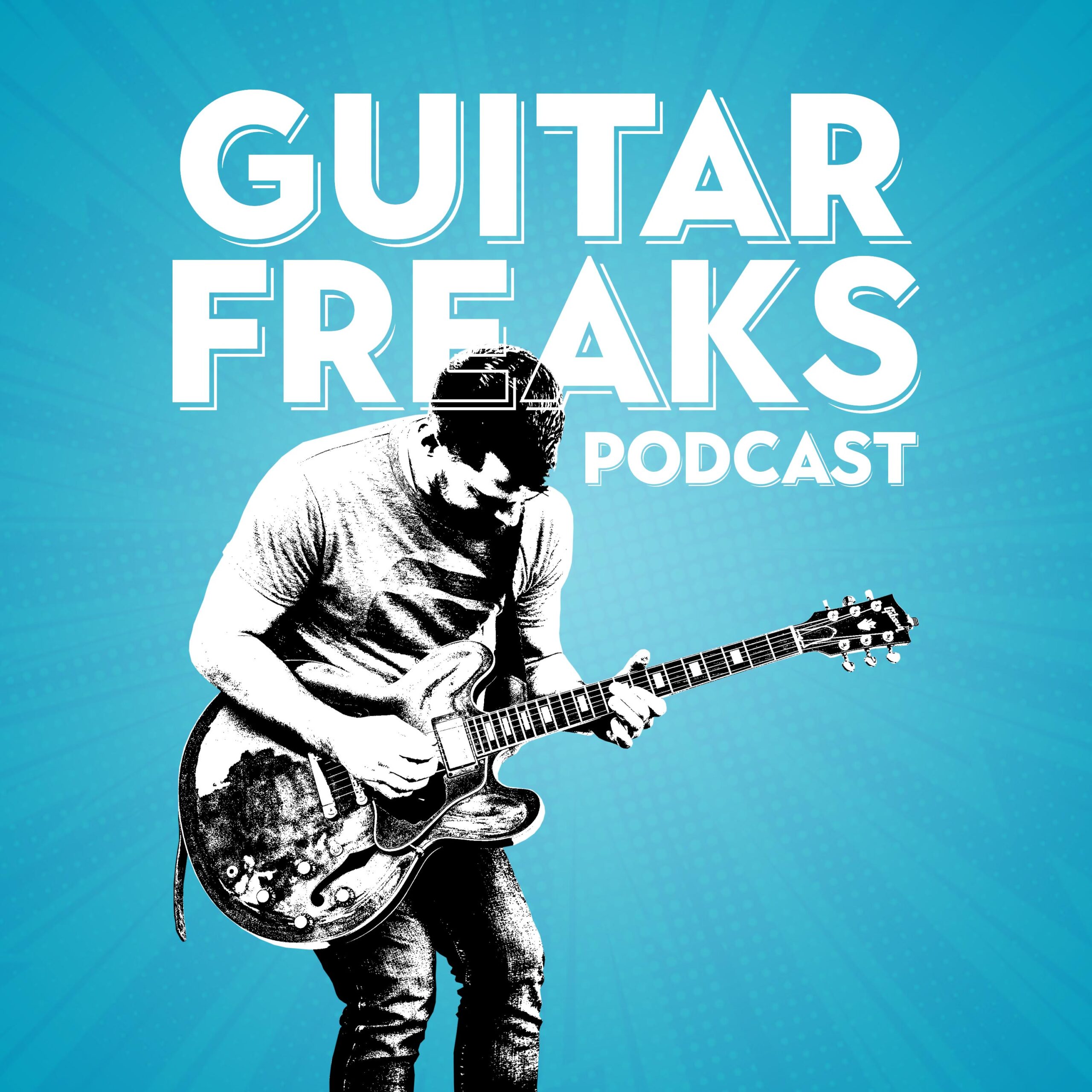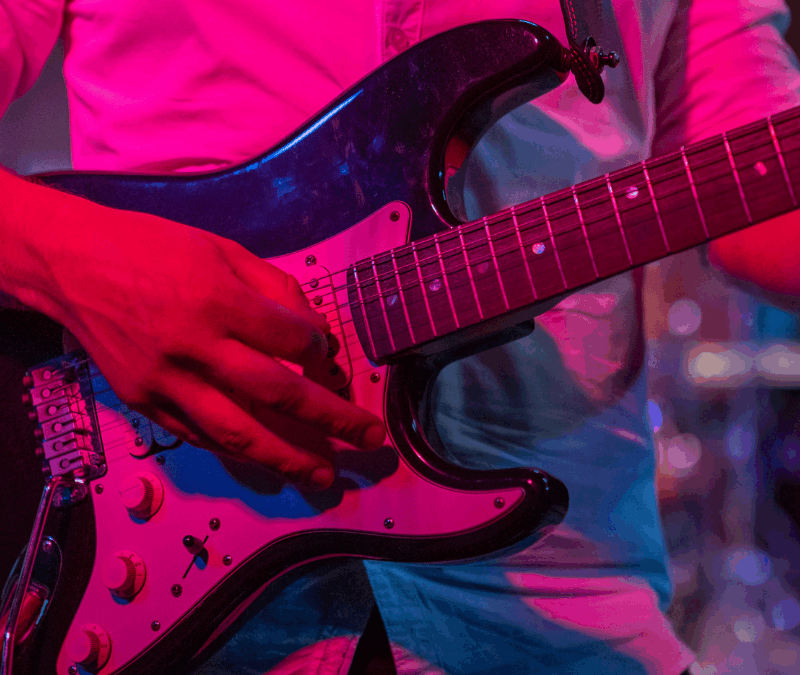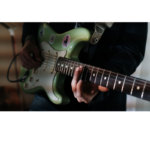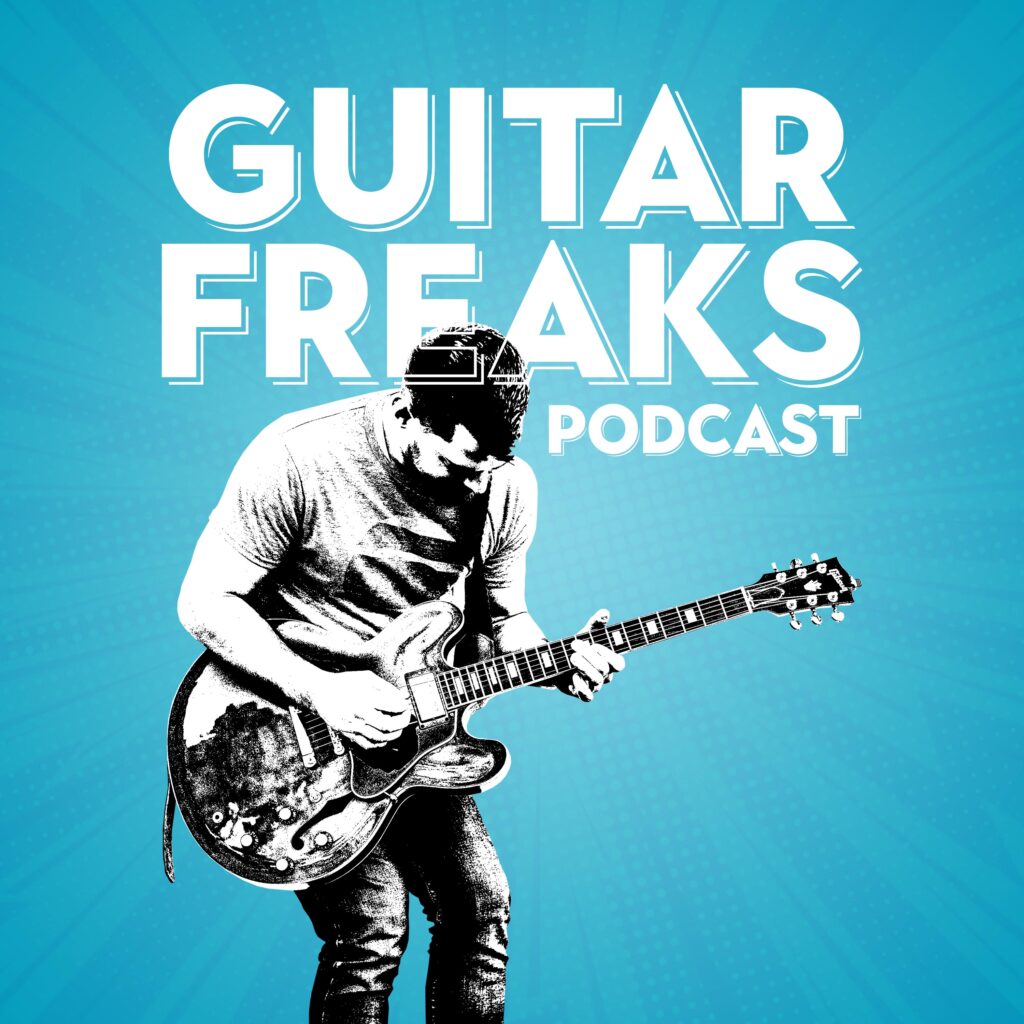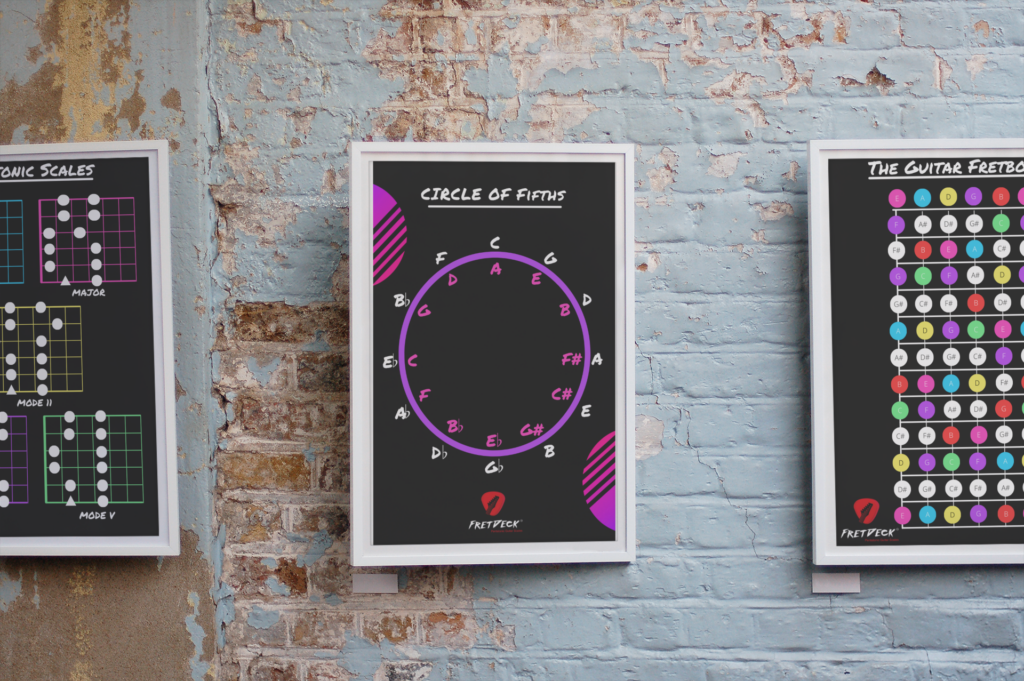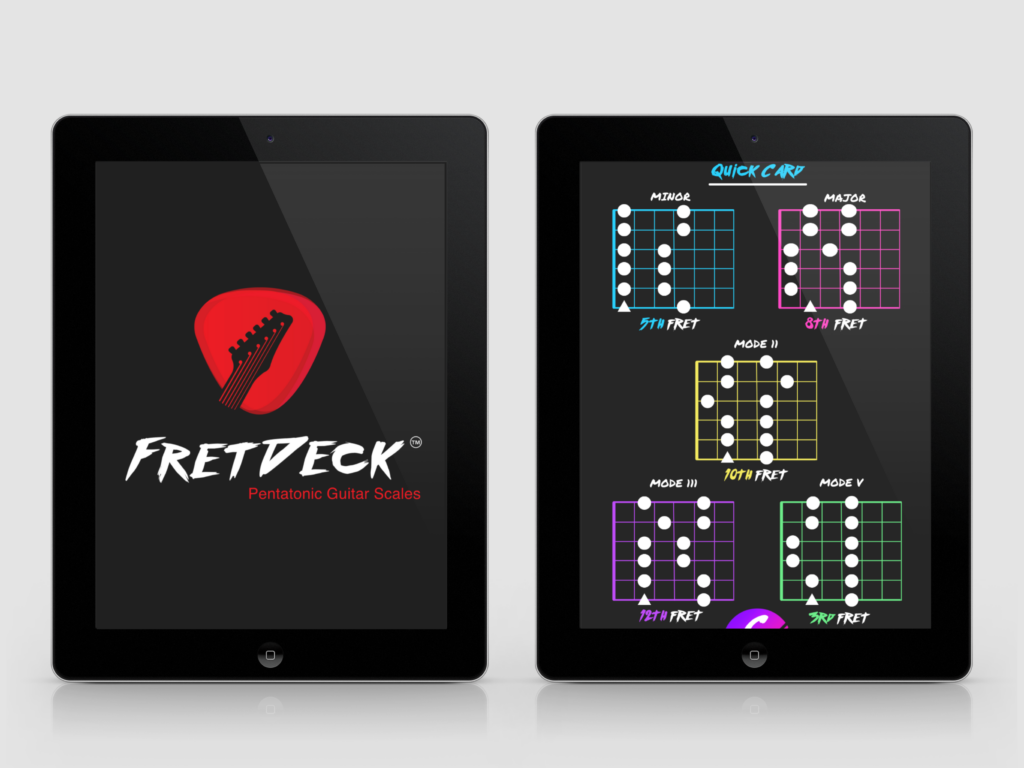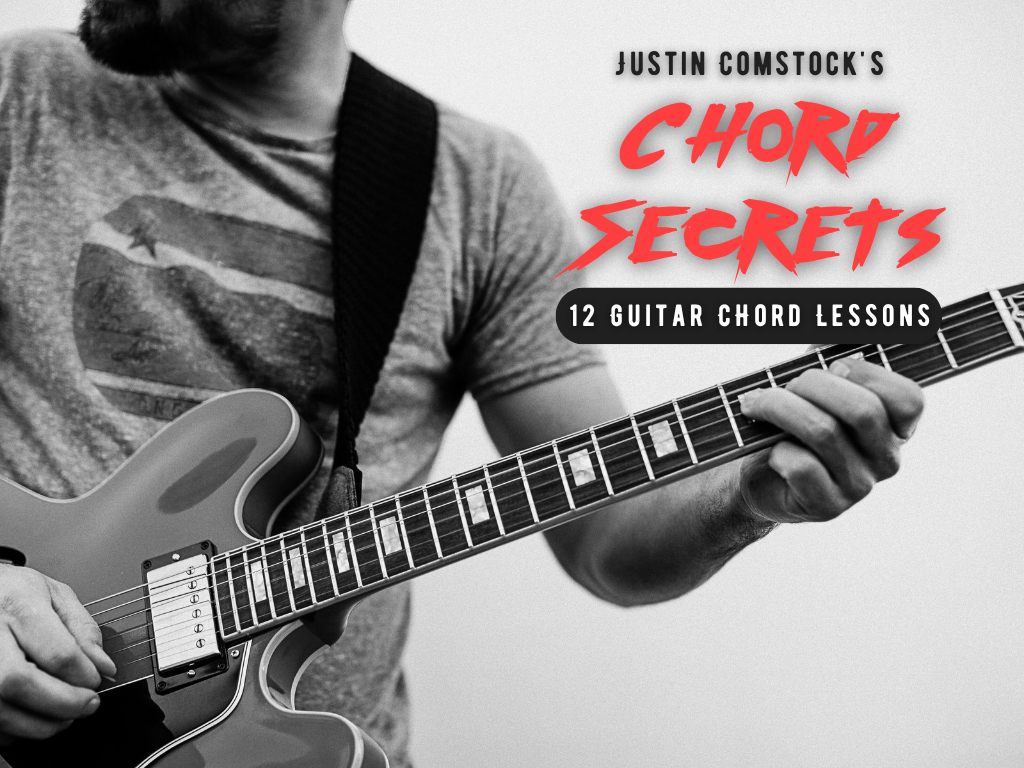Let’s rewind.
I’m standing in front of a stack amp, plugged in, fingers ready—and I’m frozen.
Not because I don’t know scales. I know all the patterns. All the charts. All the “shapes.”
But when it came time to actually play, I had nothing to say.
Sound familiar?
This post isn’t another theory dump. It’s about the scales for electric guitar that actually work in real-world playing—scales that help you sound like you.
Let’s break them down, rethink how you practice, and give you a system that helps you finally unlock the fretboard.

❌ Stop Guessing. Start Shredding.
If you’re still fumbling through scale patterns and box shapes… it’s costing you progress.
FretDeck™ is the no-fluff system that shows you exactly how to master the fretboard—fast. Early access.
⚡️ This isn’t for dabblers. It’s for players who want results.
👉 Click here to join the pre-launch now
Early access. Limited rewards. Don’t wait.
⚠️ Why Most Guitarists Get Stuck with Scales
You start with good intentions:
- Learn the five minor pentatonic patterns
- Memorize the major scale across the neck
- Try a few modes like Dorian or Mixolydian
But eventually, you hit a wall.
You find yourself stuck in boxes, overthinking notes, and sounding robotic when you try to improvise.
The truth is:
🔑 Most guitarists don’t need more information—they need a better method.
Let’s walk through the top five essential scales for electric guitar and how to practice them in a way that makes them click.
🎯 The 5 Essential Scales for Electric Guitar
1. Minor Pentatonic Scale
- Use for: Rock, blues, funk, soul
- Example key: A minor pentatonic on the 5th fret
This scale is the electric guitar. It’s Stevie Ray Vaughan, Slash, Hendrix, and every jam session you’ve ever played.
But here’s the twist…
Instead of learning five disconnected boxes, link them together with phrasing:
- Slide between shapes
- Bend into notes
- Use double stops and space
🎧 Your goal: sound like a voice, not a robot.
Practice Prompt:
Loop an Am7 vamp. Solo with strings 2 and 3 only. Focus on feel, bends, and space.
2. Major Pentatonic Scale
- Use for: Country, roots rock, melodic leads
- Formula: 1 2 3 5 6
This is the sweet, sunny counterpart to the minor pentatonic. Think John Mayer, Keith Urban, and Dire Straits.
You can use major pentatonic over:
- Major chords
- Dominant 7 chords
- Southern rock progressions
Want to level up? Try switching between minor and major pentatonic in the same key.
Practice Prompt:
Play over an A7 groove. Switch back and forth between A minor pentatonic and A major pentatonic. Hear the shift in mood.
3. Dorian Mode
- Use for: Jazz, funk, modal rock
- Formula: 1 2 b3 4 5 6 b7
Dorian is minor—with a twist. The major 6th gives it a cool, groovy sound. You’ll hear it in Santana solos, fusion records, and modal blues jams.
Quick Start:
Play Dorian in A = G major scale starting on A. Highlight that F# (major 6th) to give it flavor.
Practice Prompt:
Jam over an Am7 vamp. Play A Dorian. Land on the F# (7th fret, B string) to unlock that signature tone.
4. Mixolydian Mode
- Use for: Dominant 7 jams, blues rock, country
- Formula: 1 2 3 4 5 6 b7
Mixolydian adds a bluesy twist to a major scale—perfect for soloing over dominant chords.
You’ll hear it in Grateful Dead, Allman Brothers, and jam bands that ride a single chord forever.
Practice Prompt:
Loop a D7 chord. Solo using D Mixolydian (same notes as G major scale). Focus on that flat 7 (C) to bring the funk.
5. The Blues Scale
- Use for: Everything
- Formula: Minor pentatonic + b5
This scale doesn’t care about rules. It’s gritty, vocal, and completely expressive.
You’ll use it in classic blues, rock riffs, and even metal solos.
Practice Prompt:
Play the A blues scale. Emphasize the D# (flat 5). Drag it in late, bend it slightly, and release.
🎙 This isn’t about notes. It’s about emotion.
🎛 How to Practice Scales Without Getting Bored
Most players treat scale practice like a treadmill—run up and down, hope it helps.
Here’s how to turn that on its head and actually get results.
✅ 1. Jam with Limitations
Choose one scale. Limit yourself to two strings. Set a 3-minute timer.
This restriction unlocks phrasing, space, and creative ideas.
Example:
Use A minor pentatonic, strings 2–3 only. No full runs. Just musical phrases.
✅ 2. Solo Over a Single Chord
Choose a vamp (Am7, D7, etc.) and explore a matching scale. Focus on hitting:
- Root
- Chord tones
- Tension/release notes (like b5 or b7)
✅ 3. Call and Response
Record yourself humming a line. Now play it back using one scale shape. This bridges the gap between ear and hand.
🧠 This builds phrasing, not just speed.
🧠 Unlocking the Neck: Why Visualization is Key
The problem isn’t scales. It’s how you’re seeing them.
That’s why I built FretDeck—a visual, card-based system that trains your brain to connect:
- Scale shapes
- Musical prompts
- Real-world application
Each card is:
- One pattern
- One creative challenge
- One step closer to fretboard freedom
🟡 Join the Kickstarter Pre-Launch to get the FretDeck + bonuses:

❌ Stop Guessing. Start Shredding.
If you’re still fumbling through scale patterns and box shapes… it’s costing you progress.
FretDeck™ is the no-fluff system that shows you exactly how to master the fretboard—fast. Early access.
⚡️ This isn’t for dabblers. It’s for players who want results.
👉 Click here to join the pre-launch now
Early access. Limited rewards. Don’t wait.
📚 FAQ: Scales for Electric Guitar
❓ Do I need to learn all the modes?
No—but you should know the ones that show up most: Dorian and Mixolydian. Start there. Add the others as needed.
❓ What scale should I learn first?
The minor pentatonic is king. It’s everywhere and builds your foundation for riffs, solos, and lead phrasing.
❓ Are books or charts enough?
Books are helpful, but static. If you want to apply scales dynamically, use something visual and interactive—like FretDeck.
❓ What’s the difference between major and minor pentatonic?
Major pentatonic is bright and happy. Minor pentatonic is darker and bluesy. Learn to shift between them for expressive solos.
📌 Quick Reference Table
| Scale | Sound | Use It Over | Key Tip |
|---|---|---|---|
| Minor Pentatonic | Gritty, Vocal | Minor chords, Blues | Learn all 5 positions |
| Major Pentatonic | Melodic, Bright | Major chords | Mix it with minor for feel shifts |
| Dorian | Cool, Funky | Minor 7 chords | Emphasize the 6th |
| Mixolydian | Bluesy, Country | Dominant 7 chords | Target the flat 7 |
| Blues Scale | Raw, Expressive | Everything | Drag the b5 in late |
🚀 Your Next Moves
- Stop memorizing. Start playing. Choose 1 scale per week and apply it.
- Join our community. Hang out with real players, trade licks, get better:
👉 Join the Guitar Freaks Hangout Discord - Grab FretDeck during our Kickstarter. Unlock the neck. Train smarter:
👉 YES! I Want the FretDeck »
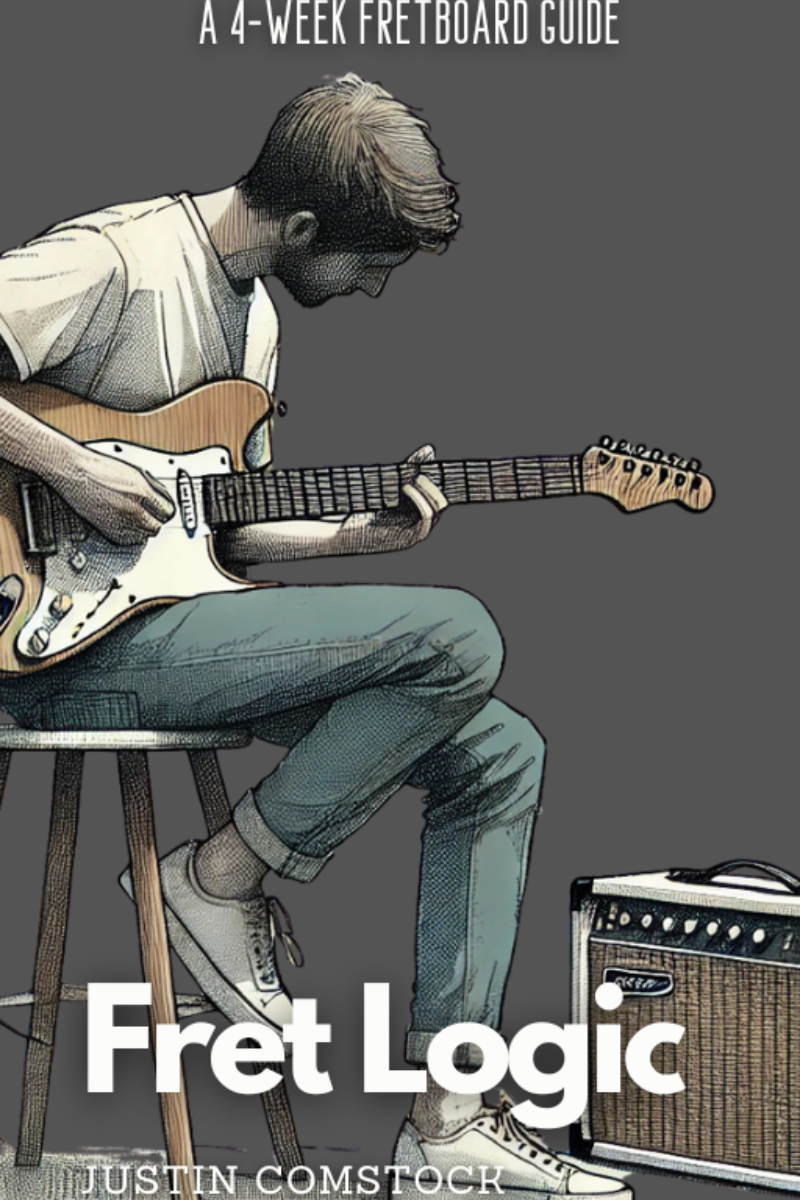
Join Guitar Freaks Hangout on Discord! 🎸
Get Fret Logic FREE!
Join the Guitar Freaks Hangout Discord and get exclusive access to my entire e-book, Fret Logic! Master the fretboard and elevate your solos with this comprehensive guide.
👉 Don’t miss out—join now and download your free copy!
🧭 Final Thought
Scales don’t make music. You do.
But only if you stop memorizing and start connecting.
Fretboard mastery comes when you stop looking at scales as rules—and start seeing them as tools.
🎸 Ready to finally break through?
👉 Claim Your Spot on the Kickstarter Launch List Now »
Start here if you’re new to unlocking the neck:
Learn Scales on Guitar – The Secret System That Helps You Finally Unlock the Neck
Explore backing tracks here: YouTube’s Quist Jam Tracks Channel
